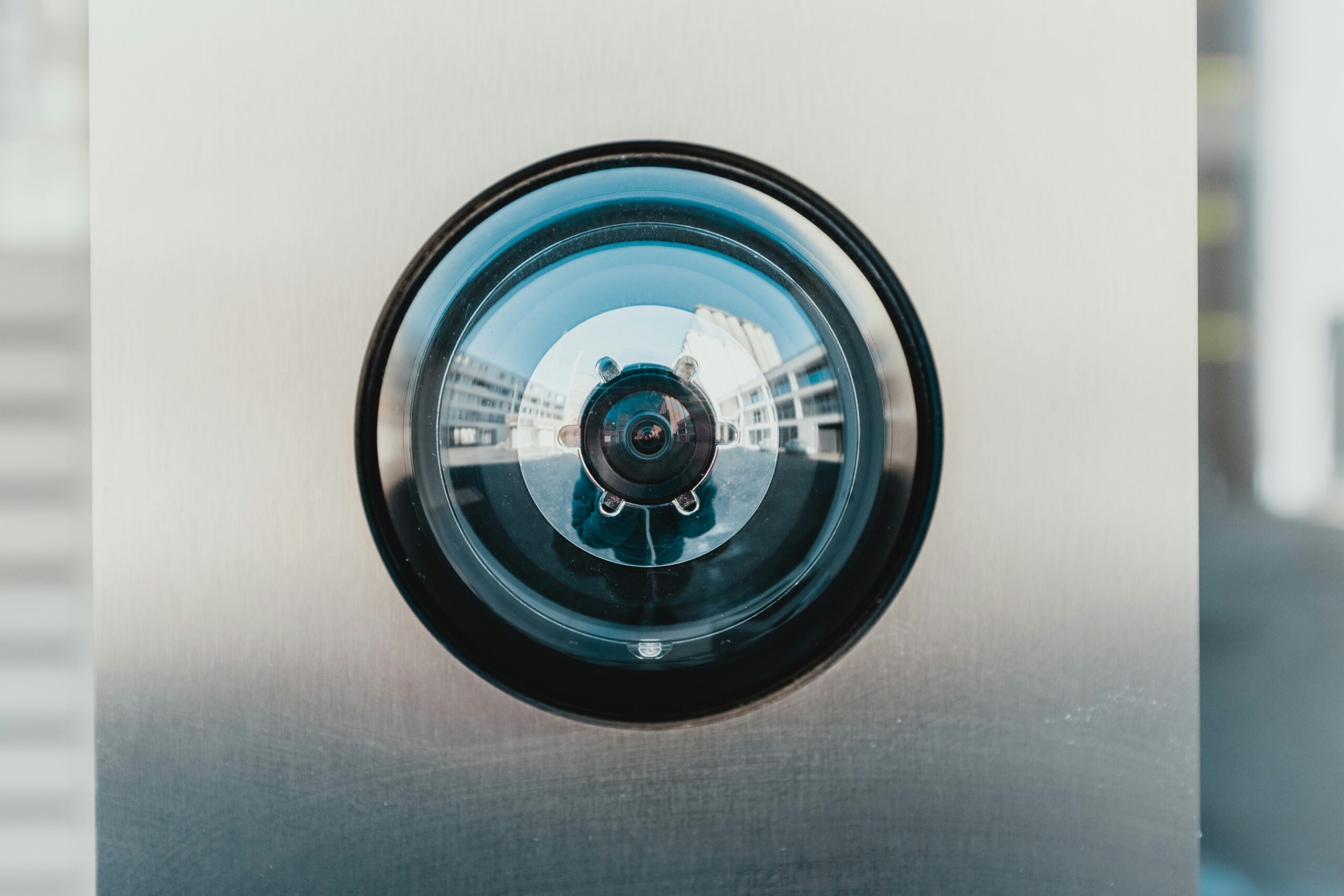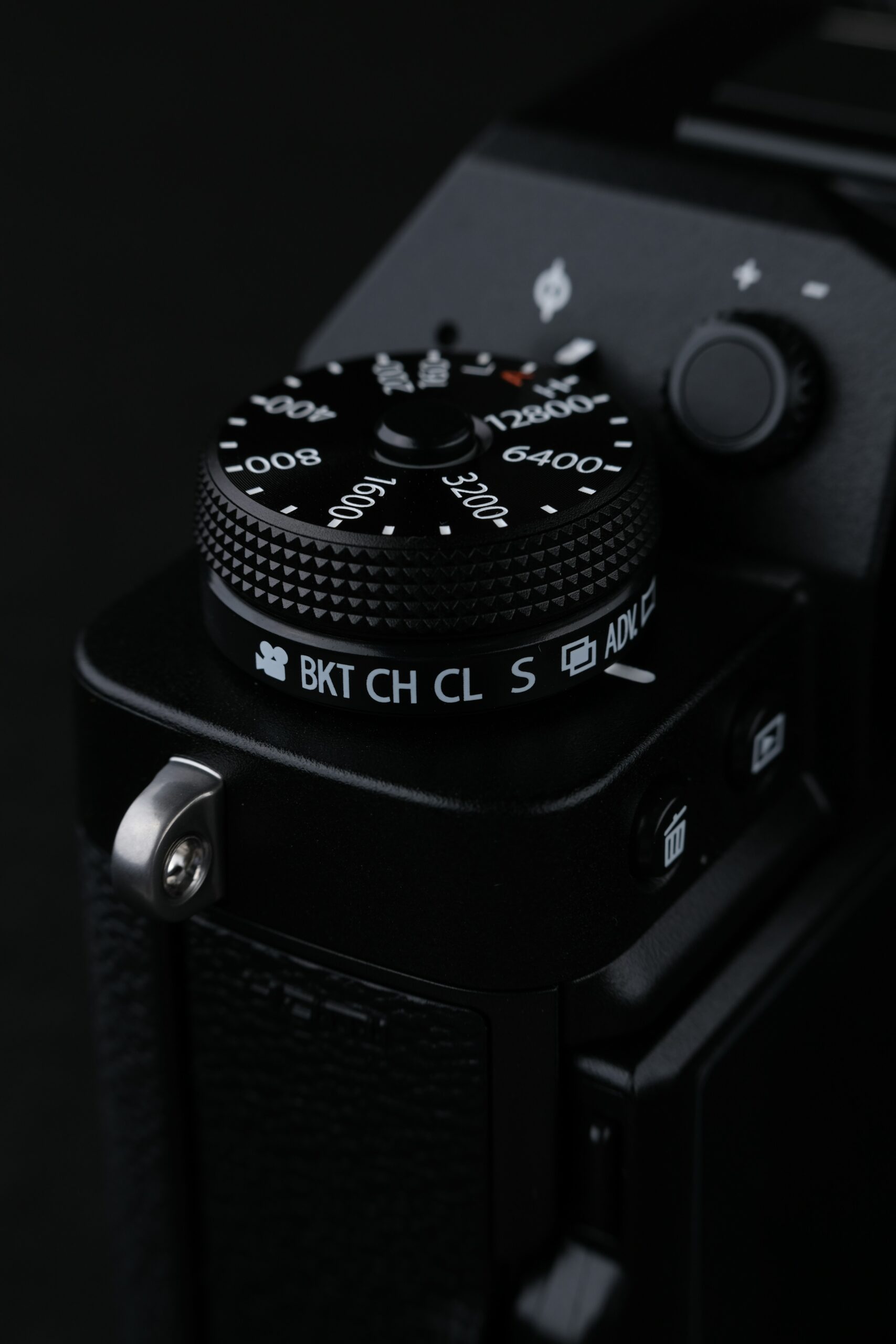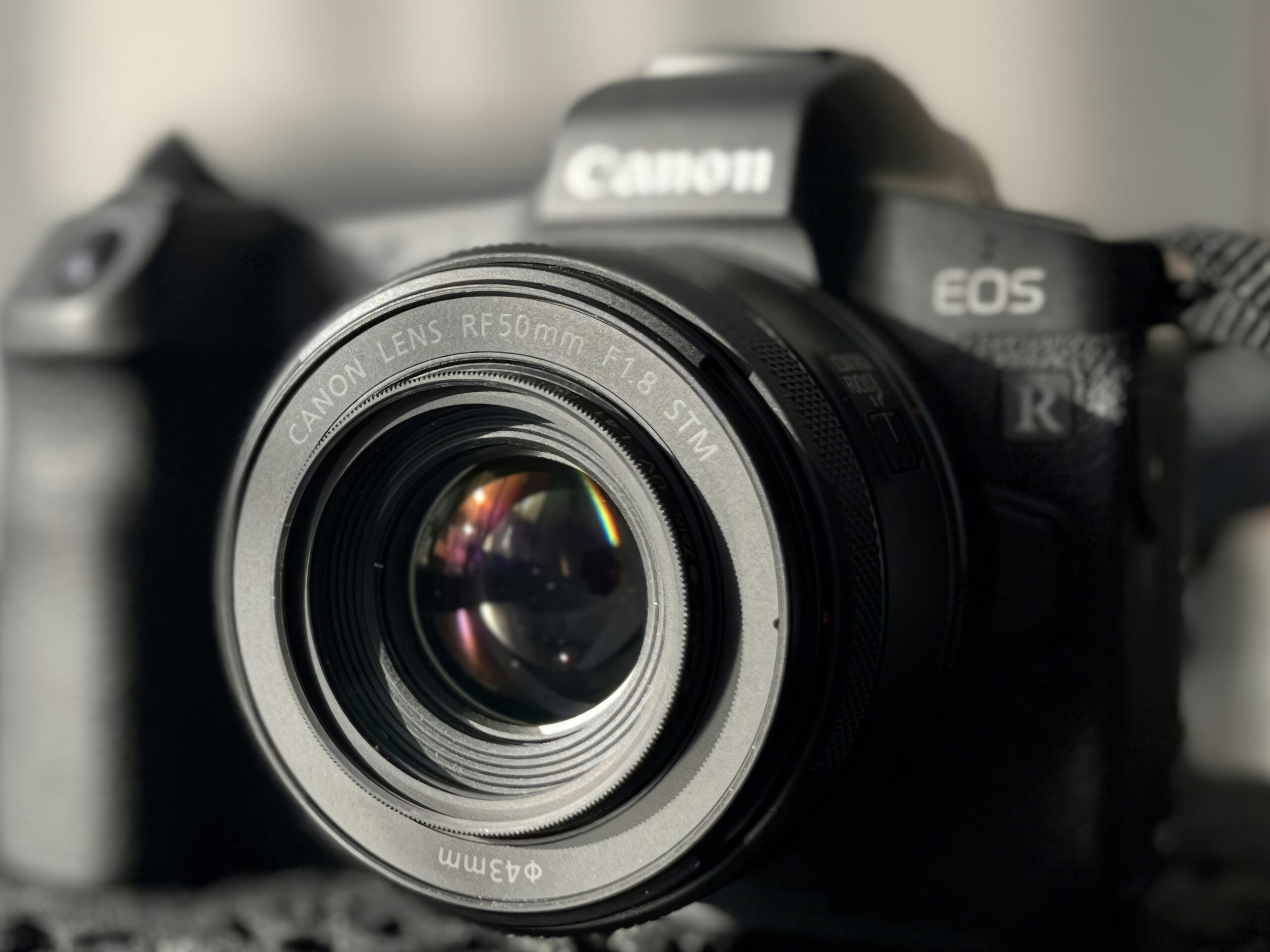Have you ever found yourself gazing through a spotting scope, marveling at distant landscapes and wondering about its light-gathering abilities? The art of observing nature with clarity often hinges on the tools at your disposal, and spotting scopes are among the most trusted companions for enthusiasts and professionals alike. You might be curious to know if these impressive devices indeed have superior light-gathering capabilities, a crucial factor in determining just how well you can see in various light conditions. Let’s embark on an engaging journey to uncover the intricacies of spotting scopes and their light-gathering prowess.
Understanding Spotting Scopes
Before we dive into the specifics of light-gathering capability, it’s important to understand what spotting scopes are. These optical instruments are commonly used for bird watching, hunting, and astronomy, offering premium magnification and clarity for viewing distant objects. Unlike binoculars, spotting scopes are monocular, meaning they have a single eyepiece, and typically offer higher magnification levels.
How Spotting Scopes Work
Spotting scopes function similarly to telescopes but are designed for terrestrial viewing. By employing lenses and prisms, they magnify distant objects and enhance detail, making them ideal for observing wildlife or distant terrains. They can be mounted on tripods for stability, allowing you to enjoy a clear and steady view.
Components of Spotting Scopes
A spotting scope is composed of several essential parts, each contributing to its performance:
- Objective Lens: This is the large lens at the front of the scope. The diameter of the objective lens is a key factor in determining the light-gathering ability.
- Eyepiece: This smaller lens is where you place your eye. Some spotting scopes come with interchangeable eyepieces for varying levels of magnification.
- Prism System: Spotting scopes use either Porro or Roof prism designs to correct the inverted and reversed images produced by lenses.
- Field of View: This is the width of the area visible through the scope, often inversely related to magnification.
Light-Gathering Capability: The Core Question
Defining light-gathering capability is critical in understanding spotting scopes. This capability determines how well a scope can collect available light, which in turn affects image brightness, clarity, and detail. A higher light-gathering ability means you can see more in low-light conditions, such as dawn or dusk.
How Does Light-Gathering Work?
Light enters through the objective lens and is focused by the lens and prism system onto the eyepiece. A larger objective lens allows more light to enter, enhancing the brightness of the image. This is crucial in less-than-ideal lighting conditions, where every bit of light can make a significant difference.
Factors Affecting Light-Gathering
Several factors influence light-gathering capability in spotting scopes:
- Objective Lens Diameter: Generally, a larger diameter means better light-gathering. For instance, a 60 mm lens will capture more light than a 50 mm lens.
- Magnification: Higher magnification can result in a darker image because while the magnification increases, the amount of light remains constant.
- Lens Coating: Modern spotting scopes come with multi-coated lenses designed to reduce glare and loss of light, thereby enhancing light transmission.
- Glass Quality: High-quality glass enhances light transmission and reduces distortion, playing a significant role in optimizing light-gathering capability.

Comparing Spotting Scopes to Other Optical Devices
Now, you might be curious about how spotting scopes compare to other popular optical devices such as binoculars and telescopes in terms of light-gathering.
Spotting Scopes vs. Binoculars
Both spotting scopes and binoculars are designed to magnify distant objects, yet their light-gathering abilities can differ significantly. While binoculars offer 3-dimensional viewing due to the dual eyepieces, spotting scopes generally have larger objective lenses for superior light-gathering.
Pros and Cons of Spotting Scopes
| Aspect | Spotting Scopes | Binoculars |
|---|---|---|
| Light-Gathering | Higher, with larger lenses | Lower, typically smaller lenses |
| Magnification | Higher magnification capabilities | Lower magnification, but wider field of view |
| Portability | Less portable, requires a tripod | More portable and easier to use |
| Viewing Experience | Mono view, high detail | Stereo view, feel of depth |
Spotting Scopes vs. Telescopes
Telescopes are more commonly associated with stargazing, and while they can offer greater magnification and even better light-gathering in some cases, they are not as versatile for terrestrial viewing as spotting scopes.
Pros and Cons of Telescopes
| Aspect | Spotting Scopes | Telescopes |
|---|---|---|
| Light-Gathering | Adapted for terrestrial viewing | Typically adapted for celestial viewing |
| Magnification | Suitable for ground and limited sky | Often higher, but less practical for general use |
| Ease of Use | Portable, versatile | Bulky, specialized use |
| Cost | Generally more affordable | Can be more expensive |
Real-World Applications and Considerations
Spotting scopes are widely used in various fields, and understanding their light-gathering capability helps users choose the right model for their needs.
Bird Watching and Wildlife Observation
In these activities, having a bright, clear image is crucial, especially during times when animals are most active at dawn or dusk. Spotting scopes with larger objective lenses are particularly desirable for capturing these fleeting moments in low light conditions.
Hunting
For hunters, the ability to spot and identify game from long distances can often determine success. A spotting scope with superior light-gathering capabilities offers a significant advantage in the field, particularly in low-light environments common during early morning or late evening hunts.
Astronomy
Though often associated with telescopes, spotting scopes are valuable tools for amateur astronomers as well. With proper configuration, they provide stunning views of the moon and planets, especially portable setups that allow for quick and easy use.
Landscape Viewing
From hikers to nature enthusiasts, anyone interested in exploring landscapes can benefit from a scope with excellent light-gathering capabilities. It enhances your experience by providing a clear, pristine view of distant mountains, forests, and more.

Choosing the Right Spotting Scope
When it comes to investing in a spotting scope, understanding the importance of light-gathering capability will guide your decision.
Key Considerations
- Usage: Consider what you’ll primarily use the scope for – bird watching, hunting, or landscape viewing.
- Budget: Higher-quality optics can be more expensive, so find a balance between your needs and the price.
- Portability: Depending on your activities, the size and weight of the scope might be crucial.
Specifications to Look For
- Objective Lens Size: Aim for a larger diameter if light-gathering is a priority, but consider weight and bulk.
- Magnification Range: Ensure the magnification range suits your typical viewing distance.
- Lens Coating: Favor scopes with fully multi-coated lenses for the best light transmission.
- Durability: Opt for waterproof and fog-proof designs to withstand various weather conditions.
Caring for Your Spotting Scope
To ensure the longevity and performance of your spotting scope, proper care is essential.
Maintenance Tips
- Regular Cleaning: Use lens-safe cleaning kits for regular maintenance, avoiding any substances that could scratch or degrade the lens.
- Storage: Store your spotting scope in a protective case when not in use, especially if you’re transporting it to different locations.
- Handling: Be gentle when setting up or moving the scope to prevent misalignment or damage.
Troubleshooting Common Issues
Spotting scopes are built to be robust, but occasional issues may arise, such as fogging or misalignment. Investing in a high-quality model and taking preventative care measures can minimize these problems.
Updates and Enhancements
Keep an eye out for new technologies and advancements that continue to enhance light-gathering capabilities. Manufacturers often innovate by using better glass, coatings, and designs to provide clearer, brighter images.

Conclusion
Spotting scopes indeed possess substantial light-gathering capabilities, especially when compared to binoculars, making them indispensable for those who engage in outdoor observation activities. Their effectiveness in varied lighting conditions allows for superb clarity and detail, offering an enriching experience for users. By understanding these capabilities and how to maximize them, you can make an informed choice when selecting a spotting scope. Remember that your specific needs, the conditions in which you’ll use the scope, and your budget will all influence the best option for you. With the right scope, you can unlock a world of discovery and appreciation for the beauty that lies in the details of distant objects.
